B-Brite: Product Spotlight
What is B-Brite?
B-Brite is an eco-friendly cleaner that uses sodium percarbonate and sodium carbonate to remove stains and fermentation residues. It contains no chlorine, which can be dangerous around wine. If chlorine comes in contact with your wine or winemaking equipment, it can result in “cork taint.”
It is not a sanitizer or disinfectant, so you’ll still need some SO2 handy to sanitize your equipment afterwards. B-Brite does have moderate anti-microbial properties, however, that can be beneficial in fermentation settings. It is safe to use on all materials and equipment.
How do I use it?
First, dissolve one Tablespoon per 1 gallon of warm water. Second, wash your equipment with the solution. Lastly, rinse with clear, cold water. For descaling of significant mineral buildup, a 20-30 minute soak in B-Brite solution might be required.
Where can I get it?
You can find and purchase it here. We carry it in multiple sizes ranging from 8oz to 5lbs. If you need assistance in cleaning your winemaking equipment, check out our Free Cleaning and Sanitizing video (here), or give us a call at (877) 812 – 1137 and a sales associate will be here to help you find what you need.
Timing your malolactic fermentation
You’ve decided you want your wine to undergo MLF. But when should it happen?
There are a couple different schools of thought on this. You can either add the bacteria so it happens simultaneously with alcoholic fermentation (“co-inoculation”) or after it has completed (“sequential inoculation”).
What’s the purpose of MLF?
The process of converting harsh malic acid into the softer lactic acid is easy to do and can alter the wine significantly. It changes not just the amount and type of acid present, but how the wine is perceived overall. While this conversion can happen on its own without your intervention, it is highly recommended that you inoculate with a chosen malolactic bacteria in order to best ensure everything remains healthy and in balance from start to finish.
Whether you choose to co-inoculate or do it sequentially is completely up to you – both are acceptable! Either way, you just want to be sure that your juice/must is balanced and undergoing (or underwent) a healthy fermentation, to better guarantee the health of the subsequent MLF. The preparation of the malolactic bacteria will be the same regardless of when it gets added. Some require a rehydration period and some can be added directly to the wine. Some are liquid and some are in freeze-dried form. Acti-ML nutrient and Opti-Malo are a helpful additives to use to help the conversion reach completion without any issues. Think of Acti-ML and Opti-Malo as the equilivent of Go-Ferm and Fermaid K, but for malolactic bacteria.
Why should I do co-inoculation?
- MLF generally completes more quickly with this method due to:
- higher temperatures thanks to alcoholic fermentation being underway
- lower alcohol levels at the onset of MLF
- higher nutrient levels
- You won’t need to use an external heat source
- SO2 can be added earlier on in the wine’s life since MLF is completing sooner
Are there any benefits to waiting until after alcoholic fermentation has finished?
- Some believe that ML bacteria and yeasts will be fighting for the same nutrient sources, adding a potential layer of stress
- Ability to focus on one conversion at a time
I’m deciding to wait to add ML bacteria because that’s what I’ve always done.
OK, that’s fine too! If you’re choosing this route, then wait until the Brix has dropped to about 5.
Are there any downsides to waiting to add ML bacteria?
- The wine is unprotected from SO2 for a longer period of time since you can’t add SO2 until MLF is complete.
- You will likely need to use external heat sources to keep the wine warm enough to finish MLF in a timely manner. This means more labor and energy expense.
- Higher alcohol levels can slow the speed of ML conversion or even stop it completely.
Overall, the benefits of co-inoculation seem to outweigh any benefits of the sequential method. Of course, if you have a preference and it works for you, that’s all that matters. As long as your fermentation and ML conversion are happy and healthy, you’re good to go!
What else can I do for a good MLF?
A chosen ML bacteria + proper temperature + good nutrition + not overadding SO2 = a recipe for healthy MLF. Whether you co-inoculate or add toward the end of AF is up to you and your preferences. Regardless of which option you choose, using paper chromatography to track the process is always recommended.






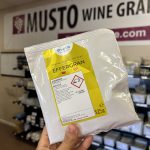
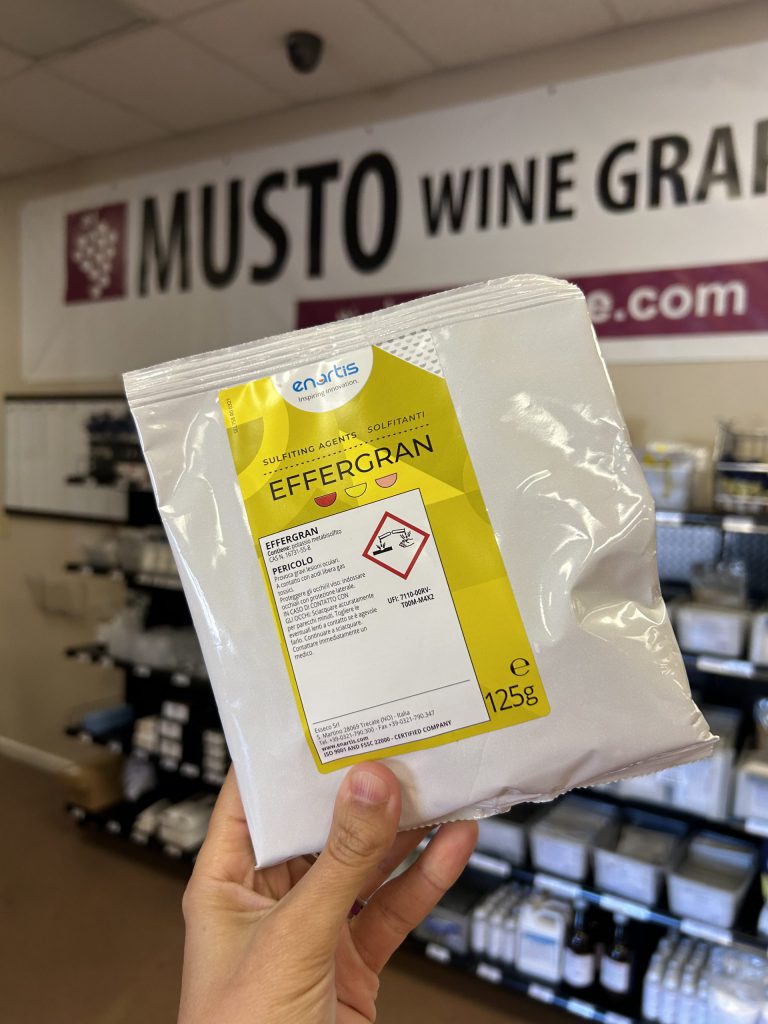
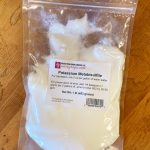

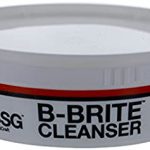

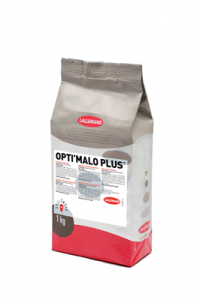

Recent Comments